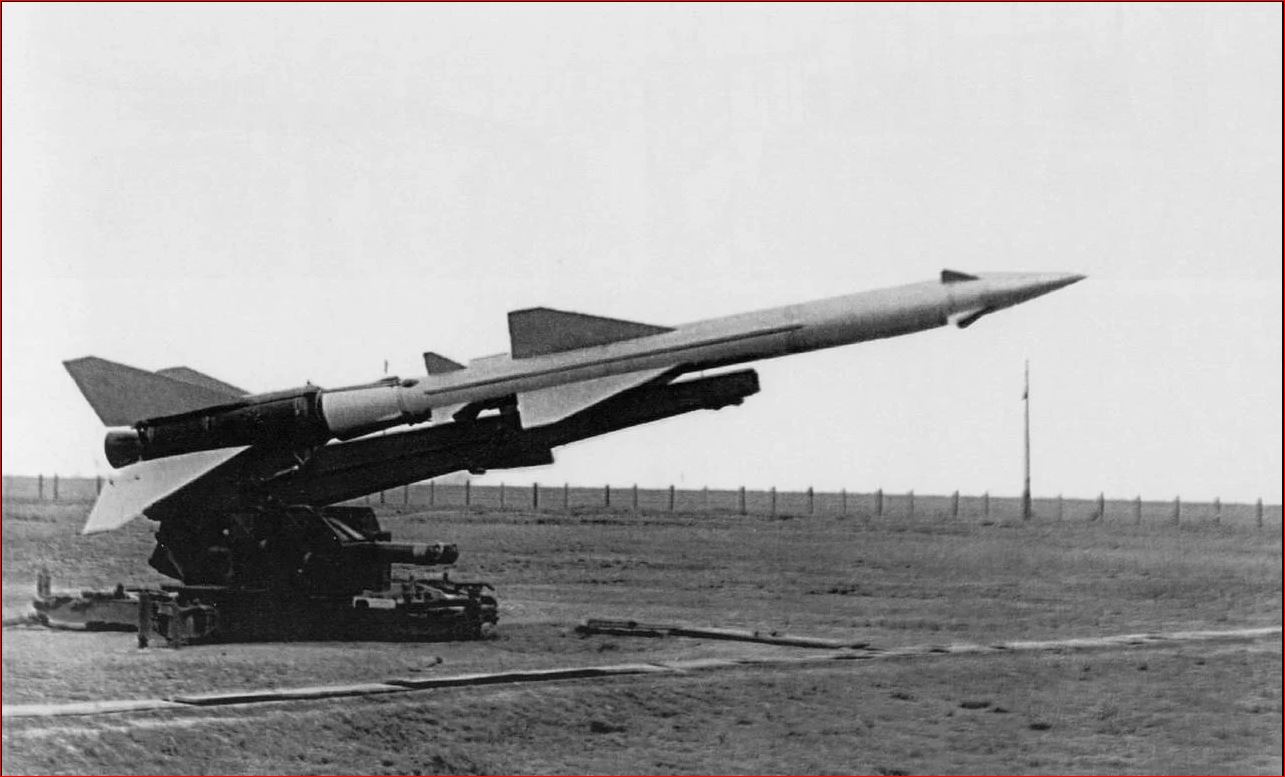After the collapse of the Soviet Union, our country inherited a fairly serious air defense system – 132 anti-aircraft missile divisions. The same number was in Russia as of 2015. However, our air defense system had one rather serious problem: according to Soviet regulations, the positions of anti-aircraft missile systems were mostly stationary and covered mainly strategically important industrial and administrative centers – Kyiv, Dnipropetrovs’k (now Dnipro), Kharkiv, Mykolaiv, Odesa, and Crimea.
Ukraine, which did not have as many enemies as the USSR, simply did not need such a large number of them. Therefore, very soon after gaining independence, Ukraine was forced to start a significant downsizing. Thus, the first to be decommissioned were the S-75 medium-range SAMs, followed by the low-altitude S-125 in the early 2000s. The long-range S-200V and S-200D systems were operated as long as their resources allowed, but they were also withdrawn from combat duty in 2013.
The main complex was the S-300 of two modifications – S-300PT and S-300PS (as of 2010, there were 16 S-300PT and 11 S-300PS divisions in the air defense units). At the same time, there was a serious geographical adjustment: the divisions based in Donbas and the territories bordering Russia were the first to be disbanded, with the emphasis on the central and western regions. It is highly likely that this was done deliberately.
Problems with the supply of spare parts from Russia and the impossibility of extending the shelf life of anti-aircraft missiles led to the fact that by 2014 even the army’s medium-rangeBuk-M1 air defense systems were included in the country’s air defense system. At the same time, attempts were made to master the overhaul of complexes, and the greatest success was achieved with the S-300.
After the annexation of Crimea, our Air Force lost five S-300 and threeBuk-M1 divisions, which had an extremely negative impact on combat capability and actually created a gap in air defense in the southern direction. At that time, plans were discussed not only to restore but also to modernize the S-300V1, Buk and Tor systems.
It was only in 2015 that planned work began to strengthen anti-aircraft missile units, with an emphasis on factory repairs and extending the service life of anti-aircraft missiles. Since only the S-300 had been tested, they began to be massively restored and repaired.
Then there was a report about the imminent return to service of six types of anti-aircraft missile systems. In addition to the already mentioned S-300 B1 andTor, the short-rangeKub, the medium-range S-300 PT (transported with characteristics similar to the S-300 PS), and the long-range S-200V system, the


Leave a Reply